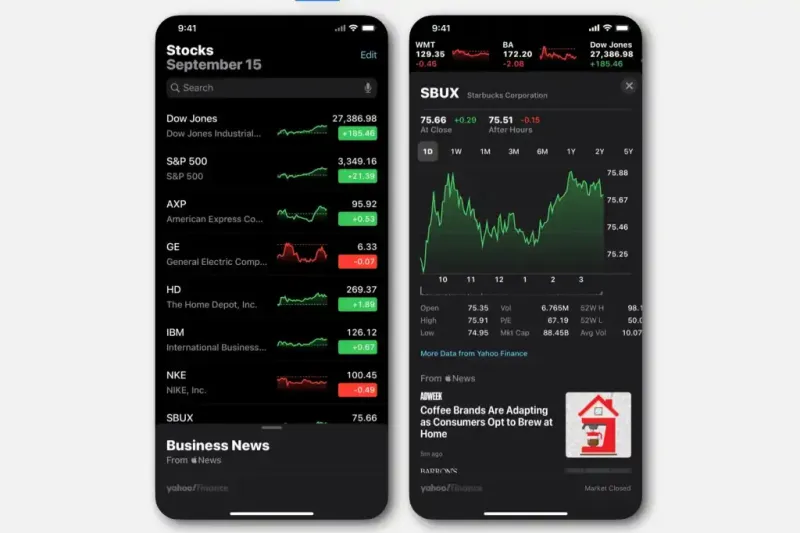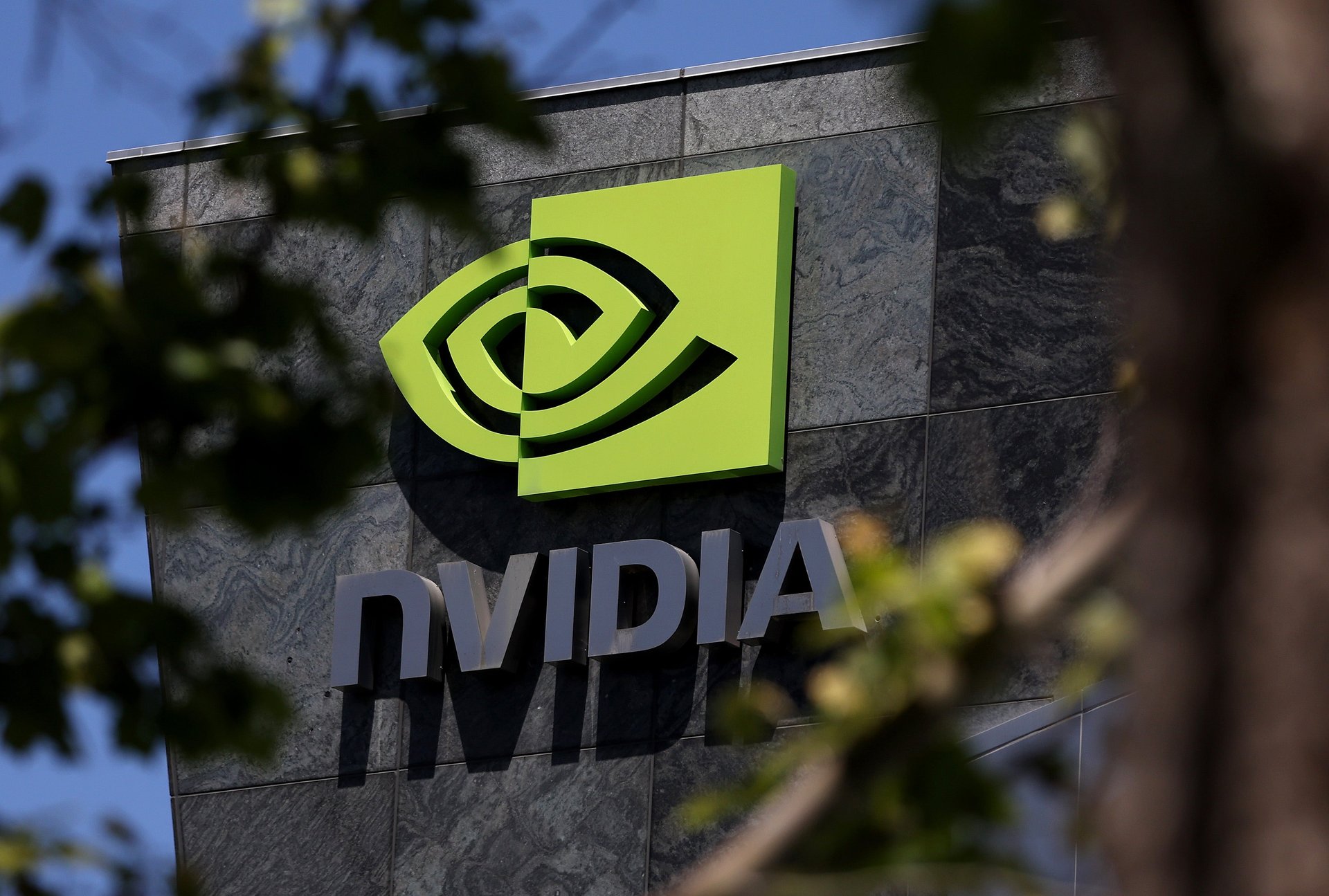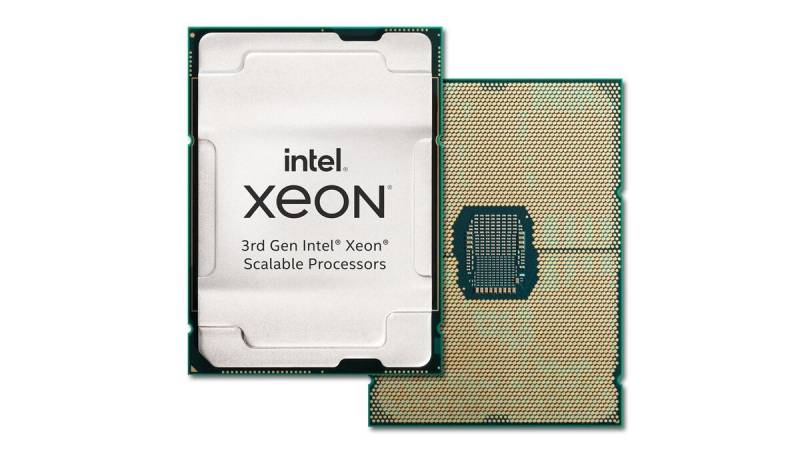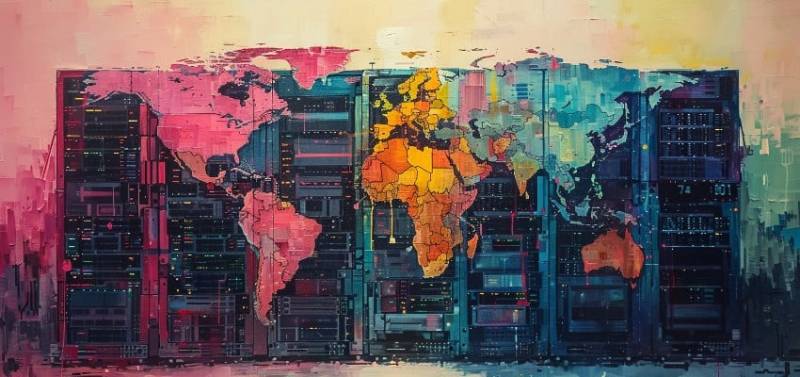In 1993, Jensen Huang co-founded Nvidia with a dream and a chip. Thirty years later, the company isn't just a tech juggernaut — it's a mirror reflecting our era’s deepest truths: the obsession with speed, the hunger for intelligence, and the willingness to wager the future on silicon. Today, Nvidia’s market valuation has soared beyond $3 trillion, making it more valuable than the entire GDP of 97% of the world’s countries. But what does that mean?
It’s easy to get lost in numbers. Trillions tend to blur. Headlines marvel at Nvidia overtaking Amazon, Google, and Saudi Aramco, yet the question lingers — what exactly is being valued here? Is it just chips and servers, or something far more abstract? What Nvidia has built is no longer just hardware; it's a cornerstone of our collective acceleration — in AI, in automation, in vision.

Read Also: Uphorial Sweatshirt

To understand Nvidia’s gravity, you must first understand the nature of power in the 21st century. Once, nations flaunted oil reserves, landmass, or military strength. Now, power lies in processing — in the ability to teach machines how to think, speak, and decide. Nvidia's graphics processing units (GPUs), originally designed to render lifelike video game graphics, now serve as the beating heart of artificial intelligence systems. These chips train large language models, drive self-learning algorithms, enable drug discovery, and power everything from autonomous vehicles to deepfake generators.
In short, Nvidia builds the tools shaping the next reality. And yet, this isn't just about domination in a market. It's about one man's relentless vision. Jensen Huang, often seen clad in his signature black leather jacket, doesn’t speak like a typical CEO. He speaks like an architect — with clarity, conviction, and a quiet urgency. While other tech leaders boast about disruption, Huang talks about orchestration, about building a new computing ecosystem capable of simulating the universe. His company doesn’t sell chips — it sells futureproofing.
But with that kind of influence comes a strange fragility. In some ways, Nvidia is now a proxy for the fragility of global ambition. Its rise is tied not just to technological evolution, but to market hype, geopolitical pressures, and the demand for ever-smarter machines. What happens if AI stumbles or regulation halts its spread? What if the next breakthrough doesn’t need Nvidia’s architecture? And more provocatively, what if we grow tired of teaching machines to outthink us?
There’s a reason why economists, ethicists, and historians are suddenly watching tech valuations the way generals once studied troop movements. Nvidia’s value isn't just a financial milestone — it's a cultural litmus test. It shows what the world is betting on. And right now, the bet is this: that artificial intelligence will be the engine of global prosperity, that Nvidia will continue to be its main supplier, and that we are willing to gamble our economies, our labor markets, and our cognition itself on that promise. It’s both inspiring and terrifying. Nvidia’s moment is more than a headline. It’s a signal. Of what we value. Of what we’re racing toward. Of how much we’re willing to pay — financially, ethically, emotionally — to sit in the front row of the next technological epoch.
And maybe, just maybe, that’s why the world has crowned a chipmaker with a valuation larger than most nations. Because in an era driven by uncertainty, Nvidia offers something rare: the illusion of certainty. A product that promises control in a world spinning faster by the day. But chips don’t dream. People do. And behind Nvidia’s exponential rise is a story not just of circuits and code, but of belief. Belief in speed. Belief in machines. The belief that if we make computers smart enough, they might answer questions we’re too afraid to ask ourselves. How valuable is Nvidia? Perhaps as valuable as the future we’re all imagining — and building — on its silicon spine.



